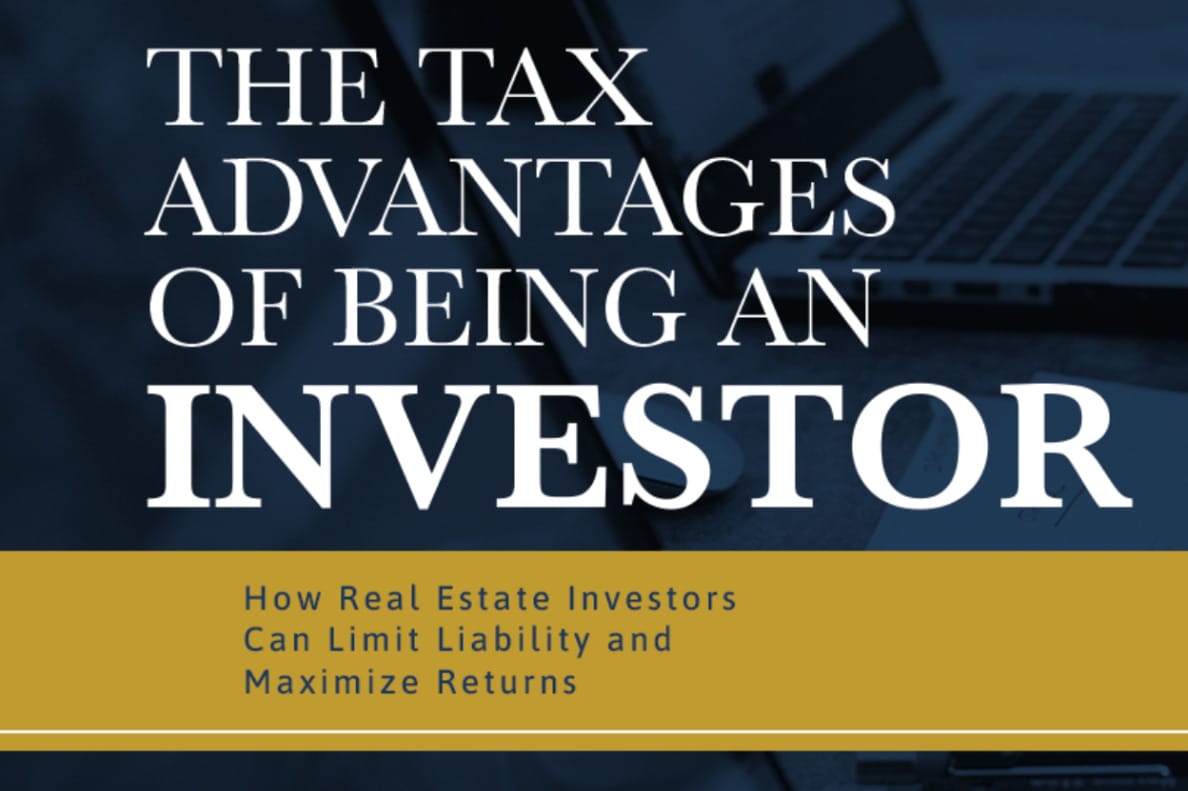Five Takeaways on the State of Multi-Family Investing

Every first Friday of the month, Spartan Investment Group offers our community an opportunity to connect face-to-face as we share investing best practices, education and resources. For our October event, we welcomed industry experts Travis Watts, Dylan Simon and Jerrid Anderson for an interactive panel on the state of multi-family investing led by Spartan CIO Ryan Gibson.
Travis Watts is a passive investor and director of investor education at Ashcroft Capital. He has been investing in multi-family, single-family and vacation rentals since 2009, accruing more than $1.9 billion in multi-family assets, having since diversified his portfolio with self storage.
Dylan Simon and Jerrid Anderson lead the multi-family brokerage team at Kidder Mathews in Seattle, Washington. They represent apartment investors and developers in the purchase and sale of apartment buildings and development land ranging from $1M to $100M in value.
In our discussion, Travis talked about his rationale for passive investing and the pillars he lives by. Dylan and Jerrid then joined us to explore where they see the Seattle market heading — and how they are responding to shifts in real estate.
Read our five key takeaways below, and then watch the full recording online.
Define Your “Why”
“Enough” means something different for everyone. As you begin your journey to financial independence, identifying your motivation will keep you on track and help you hone your strategy.
Some investors want to cut back on hours and spend more time with their families. Others wish to travel more or increase their charitable giving. Whatever your “why,” it’s important to know what you’re working towards so you can choose the right deals to get you there.
“Numbers mean nothing to me until I know what I’m actually trying to accomplish,” Travis said. “From there, I can reverse engineer.”
Cash Flow is King
When vetting a deal, it’s easy to let a high projected internal rate of return (IRR) draw you in. But while returns may look attractive, more and more passive investors are turning their attention back to cash flow.
The adage “you can’t eat IRR” is particularly relevant to those seeking financial independence. While IRR relies on a business plan coming to fruition — which, in turn, could depend on any number of variables — cash flow is consistent and can form the basis of your income.
Equally important is vetting the business plan. For instance, if the projected returns rely on raising rents by 50%, the sponsor may be in for a challenge. Look beyond the numbers and assess whether you think the overarching strategy is realistic.
“It’s about the story and understanding, ‘Is it reasonable in this environment?'” said Dylan. “And then stress testing, ‘How likely is it to occur?'”
Seller Financing and Assumable Notes Are Back
Seller financing, where buyers forgo a traditional mortgage in favor of paying the seller installments, is on the rise, as are assumable notes, where the buyer takes over a seller’s existing debt. Both offer pathways to lower interest rates.
“[Seller financing has] been absolutely off the table for so long,” said Dylan. However, with interest rates soaring, private owners are looking for creative ways to get closer to their target asking price.
Seller financing allows buyers to potentially access lower-interest financing, which sellers can offer in exchange for a more competitive sticker price.
The Power of Value Add
In a shifting market, value-add properties that offer the potential to increase cash flow through renovations, rebranding, operational efficiencies or rent hikes continue to show promise for passive investors.
“The most exciting [trend] from my perspective is still the suburban value-add,” said Jerrid.
Travis, who started his real estate investing career as a landlord, quickly realized the limits of investing in single-family homes — and the promise of syndications.
In a 200-unit apartment building, a modest $50/month rent raise would create $120,000 in additional revenue per year.
“That is something you definitely can’t do with a single-family home,” said Travis. “You could have the best tenant paying above market rents in the best neighborhood, but if your neighbors go into foreclosure, you lose money.”
Renting is Hotter Than Ever
As residential prices continue to climb, more and more buyers are being priced out of the housing market — or simply finding that renting is the smarter financial choice.
Putting a home on the market now brings with it the risk of trading into a higher mortgage rate, prompting some sellers to hit pause on their plans. Building costs are at all-time highs, too, deterring investors and families from pursuing new construction.
Those factors combine to make for a competitive rental market, as tenants stay put for longer and empty units are harder to come by.
“I think that’s why so many people are bullish on multi-family right now, as you look at the long-term dynamics,” said Dylan. “You’ve got more renters, and they have more disposable income.”
In our full First Fridays panel, Travis, Dylan and Jerrid share what markets they’re watching closely, what they look for in a deal and what trends they’re most excited about for the year ahead.
Watch the full recording below.




